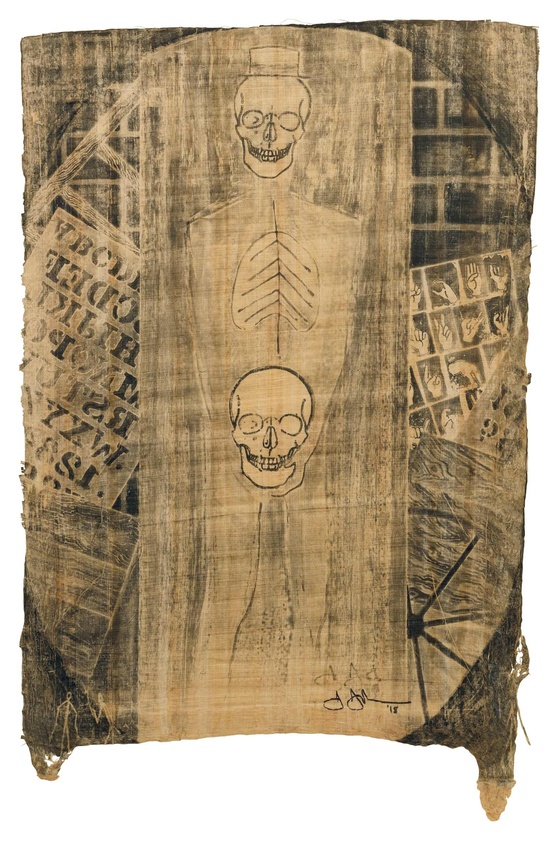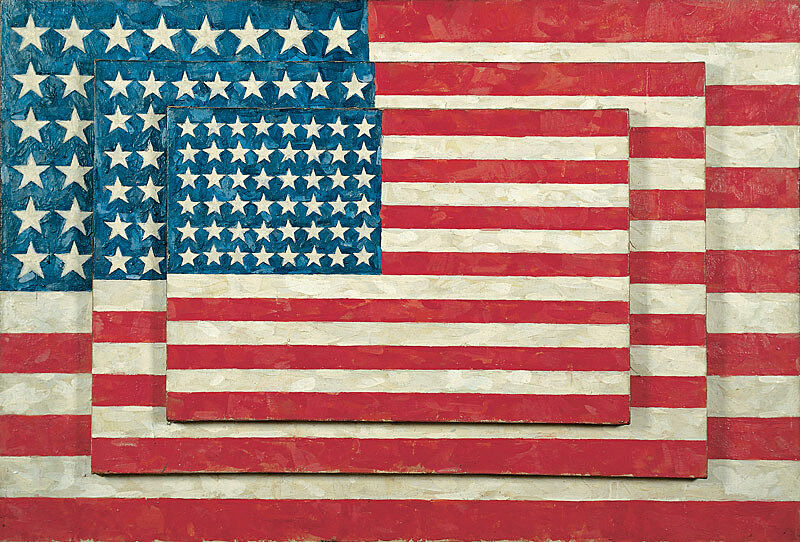Harlem Light
Sept 24, 2021
0:00
Harlem Light
0:00
Narrator: Johns called this painting Harlem Light. He covered most of its left half in a flagstone pattern. Riding in a taxi through Harlem he’d seen a similarly painted wall, and it stuck with him. He tried to find it again, but couldn’t—so he repainted it from memory. As he later explained, he wanted to replicate it as exactly as possible.
Johns included the work in a 1968 exhibition at the Leo Castelli Gallery on Manhattan’s Upper East Side.
Scott Rothkopf: We’ve actually built the walls to be the same size as they were in that gallery and hung all the paintings pretty much where they were originally, with the exception of an additional door. This show was an important one for Johns’s work, because it showed him pushing beyond, I think, some of the symbols that he had been most commonly known for, like the flags and maps of the ‘50s and ‘60s into a more abstract way of working.
Narrator: In the large gray and black works originally made for the same exhibition, Johns also silkscreened images.
Scott Rothkopf: He’s using the silk screen here to recreate an image over and over again that pictures a fork and a spoon hanging in the middle of the screen. It said, “Fork should be seven inches long,” but if you look at it closely, you can realize the fork is bigger than that. In fact, it’s twice as big. He’s playing a little bit with us as the viewer and with our sense of what’s real and what happens in art, how there’s a difference between maybe the language that you’re reading and the thing that you’re seeing.
Johns’s use of the silk screen in these paintings, to me, actually suggests that he learned something from the Pop artists that he had inspired, and artists like Andy Warhol, at this point in art history, who showed in the very same gallery, had become famous for his silk screen paintings. Here, Johns is showing that not only was he an artist who invented something and inspired people, but he could learn and be influenced from the artists who came after him.


